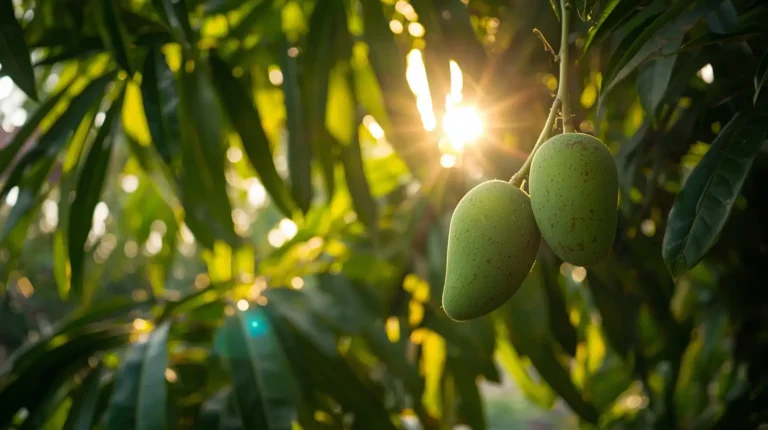Growing and Mastering a Glenn Mango Tree (also known as a glen mango tree) can be a truly rewarding journey, especially when you build an understanding of its unique growth requirements. Many gardeners face challenges when selecting the right planting location and implementing effective care techniques, such as watering, fertilizing, and pruning to cultivate a thriving tree. These essential steps help meet the specific needs of sunlight, soil, and climate, which can sometimes feel tricky to navigate. But remember, even common gardening problems have solutions that create an optimal environment for healthy and fruitful yields.
There is a quiet joy in watching your tree flourish as you nurture it and ensure its success. The key aspects include providing ample light, choosing well-draining ground, and learning to monitor weather conditions so you can foster the right atmosphere for the plant to thrive. For me, growing this tree became a gentle adventure that required patience, love, and the appreciation of the natural beauty and bounty it brings to a home garden.
- Provide ample sunlight and choose well-draining soil for strong growth.
- Regular watering, fertilizing, and gentle pruning help the tree flourish and thrive.
- Monitor climate conditions and foster a supportive environment for best yields.
Introduction
The Glenn Mango Tree is a cherished choice among tropical fruit enthusiasts because of its celebrated sweet, fiberless mangoes and manageable size. I once dreamt of cultivating this delightful tree in my own yard, and gaining an understanding of its unique characteristics, care, and needs became essential for success. Like many gardeners, I faced challenges during my gardening journey, especially when selecting the perfect location, preparing the soil, and implementing effective techniques for consistent support.
There can be troubleshooting of common issues, and each step plays a vital role in nurturing a thriving plant. In this article, we will explore the key aspects of growing this beautiful tree while ensuring you feel well-equipped to enjoy a bountiful harvest. It also contributes to enhancing the beauty of your garden, helping you embark on a truly rewarding experience.
Understand the Glenn Mango Tree: Characteristics and Requirements
The tropical fruit is beloved by lovers of the Mangifera indica variety, a cherished choice often celebrated for its sweet, fiberless flavor and manageable size. When we explore the essential characteristics and requirements to nurture this delightful tree in a home garden, it helps to know its Growth Habit as a fruit tree that reaches about 10 to 20 feet when planted in the ground and kept in shape through regular pruning, allowing it to be maintained smaller and suitable for various garden spaces. Its dense canopy provides ample shade and enhances the visual appeal of the landscape.
For Sunlight, the plant thrives in full sun, requiring 6 to 8 hours of direct sunlight daily to optimize fruit production, which is key to overall health and fruit quality. In Growing Conditions, choosing well-draining sandy loam soil with a slightly acidic or neutral pH between 5.5 and 7.5 prevents inadequate drainage and root decay, making selecting the planting location that facilitates appropriate water runoff absolutely crucial. For Climate, this specific type flourishes in USDA hardiness zones 9-11, preferring warm tropical environments, though it may tolerate brief temperature drops if protecting it from frost to maintain productivity.
Under Watering Requirements, newly planted trees need regular watering to establish strong roots, while mature plants should dry out slightly between waterings to avoid over-saturation that could harm their root systems. By building understanding, you can create an ideal environment for the Glenn Mango tree, shaping a fruitful gardening experience. You may also use protective measures against wildlife with fencing and repellents to enhance the plant’s growth and yield, helping safeguard it from hungry visitors through deterrent strategies and a proactive mindset that can significantly boost its health.
- The tropical fruit tree reaches 10–20 feet and offers ample shade with a dense canopy that enhances visual appeal in landscape garden spaces.
- Full sun exposure of 6–8 hours of direct sunlight is key to optimizing fruit production and supporting overall health and fruit quality.
- Well-draining sandy loam soil with slightly acidic to neutral pH (5.5–7.5) prevents inadequate drainage and root decay by supporting proper water runoff.
- In USDA hardiness zones 9-11, the tree flourishes in warm tropical environments but needs protecting during brief temperature drops to maintain productivity.
- Newly planted trees benefit from regular watering to establish roots, while mature plants should dry out slightly between waterings to avoid over-saturation and harm to root systems.
By applying protective measures like fencing, repellents, and mindful gardening experience planning, you can enhance growth, yield, and safeguard your Glenn Mango tree from hungry visitors, using deterrent strategies in a proactive effort that can significantly boost its health and help you truly nurture this delightful cherished choice in your garden.
Read Also:5+ Secrets to Growing a Thriving Mango Tree in Florida
Select the Right Location and Prepare the Soil for Planting
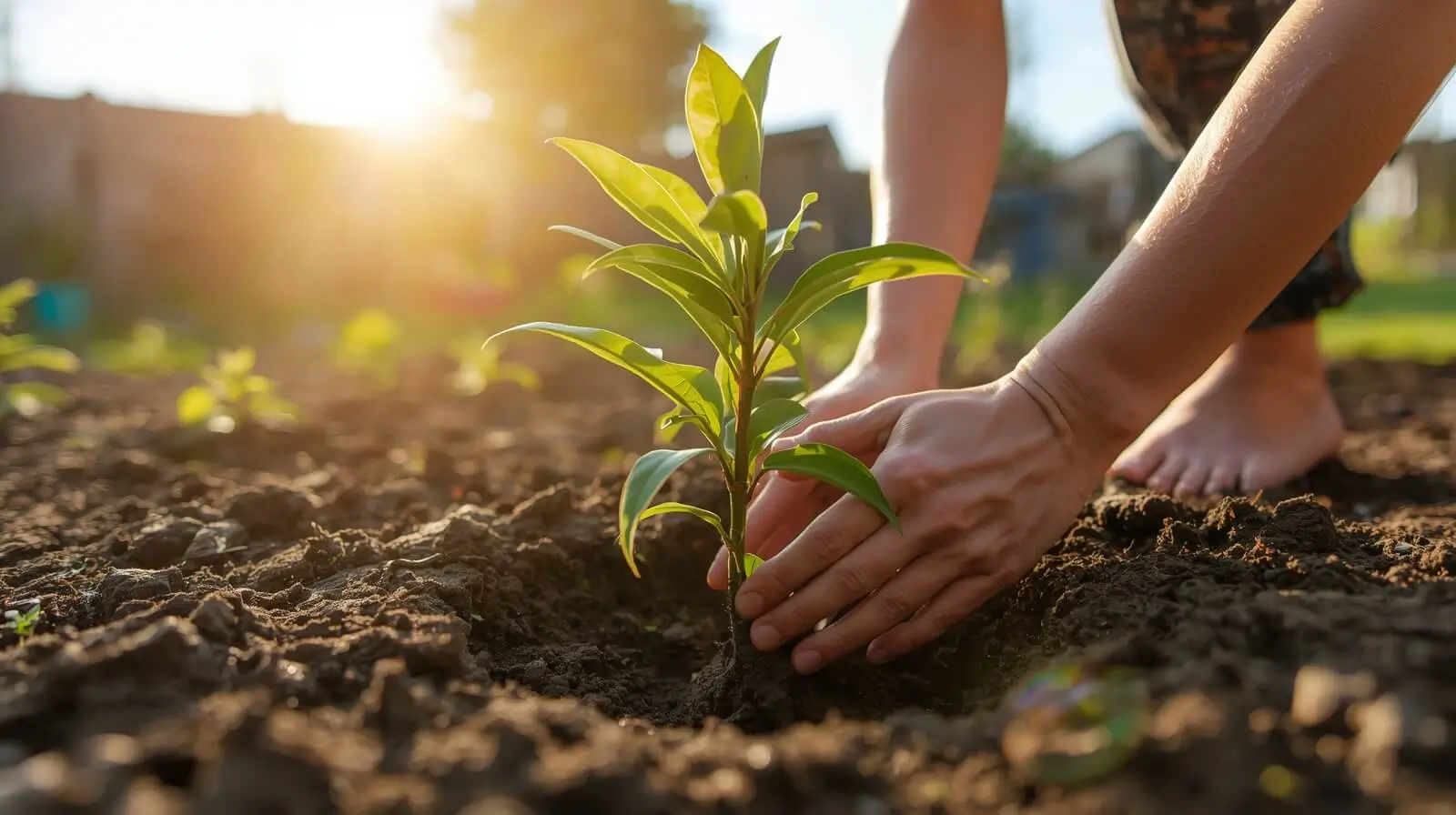
To successfully plant a Glenn Mango Tree, it’s helpful to explore the essential steps for selecting the right location and preparing soil before planting. Choose a Sunny Spot where the location receives full sun for 6 to 8 hours daily and avoid areas that are shaded by structures or other plants.
- Mango varieties thrive in well-lit environments, so provide shelter from strong winds that may harm branches or reduce fruit production, as noted by expert Kiersten Rankel.
- Assess drainage at the chosen site to ensure excellent drainage and avoid low-lying areas where water may accumulate, since mangoes are sensitive to standing water.
- For Soil Preparation, Test Soil pH and aim for a pH of 5.5 to 7.5 using a ground testing kit to determine pH level. Amend ground by enriching soil with organic matter, compost, or well-rotted manure to enhance drainage and nutrient content, and add coarse sand to improve drainage.
- When you Dig planting hole, make the hole twice width and same depth as the root ball, spread easily, position plant center, keep top root ball level with the surrounding earth, backfill with modified soil, gently compacting to eliminate air pockets, then provide irrigation to settle soil around roots and water regularly until well established.
By thoughtfully choosing site and conditioning soil, you set tree up for a thriving start in the garden, where caring early stages is crucial for long-term health and productivity. Case studies of growing dwarf mango trees in colder climates highlight the importance of heat retention and frost protection, which can influence the overall success of your planting efforts.
Implement Care Techniques: Watering, Fertilizing, and Pruning

To help your Glenn Mango Tree thrive, it’s important to explore and follow nurturing care techniques that support healthy growth. These methods include proper Watering, careful Fertilizing, and thoughtful Pruning throughout the year.
- For Newly Planted Trees in the first year, water deeply once or twice a week, allowing the top 2 inches of soil dry out between waterings to encourages strong root development and steady growth.
- As the tree matures, Established Trees need water less frequently, about every 10-14 days, adjusting for rainfall, temperature, and dry spells, while mulching at the base helps retain soil moisture, reduces weed competition, and maintains a healthier environment for your beloved tree.
- During Initial Fertilization, use a balanced fertilizer like 10-10-10 every 2-3 months to support healthy growth, and during Ongoing Fertilization after first year, shift to a low-nitrogen, high-potassium fertilizer such as 0-0-50 to enhance fruiting and keep tree thriving from spring to fall.
- For Pruning, follow the right Timing and prune after harvest or late winter, shape tree, remove dead branches or diseased branches, and use a Technique focused on thinning crowded branches to improve air circulation and light penetration, while avoiding heavy pruning that may stress plant or hinder growth.
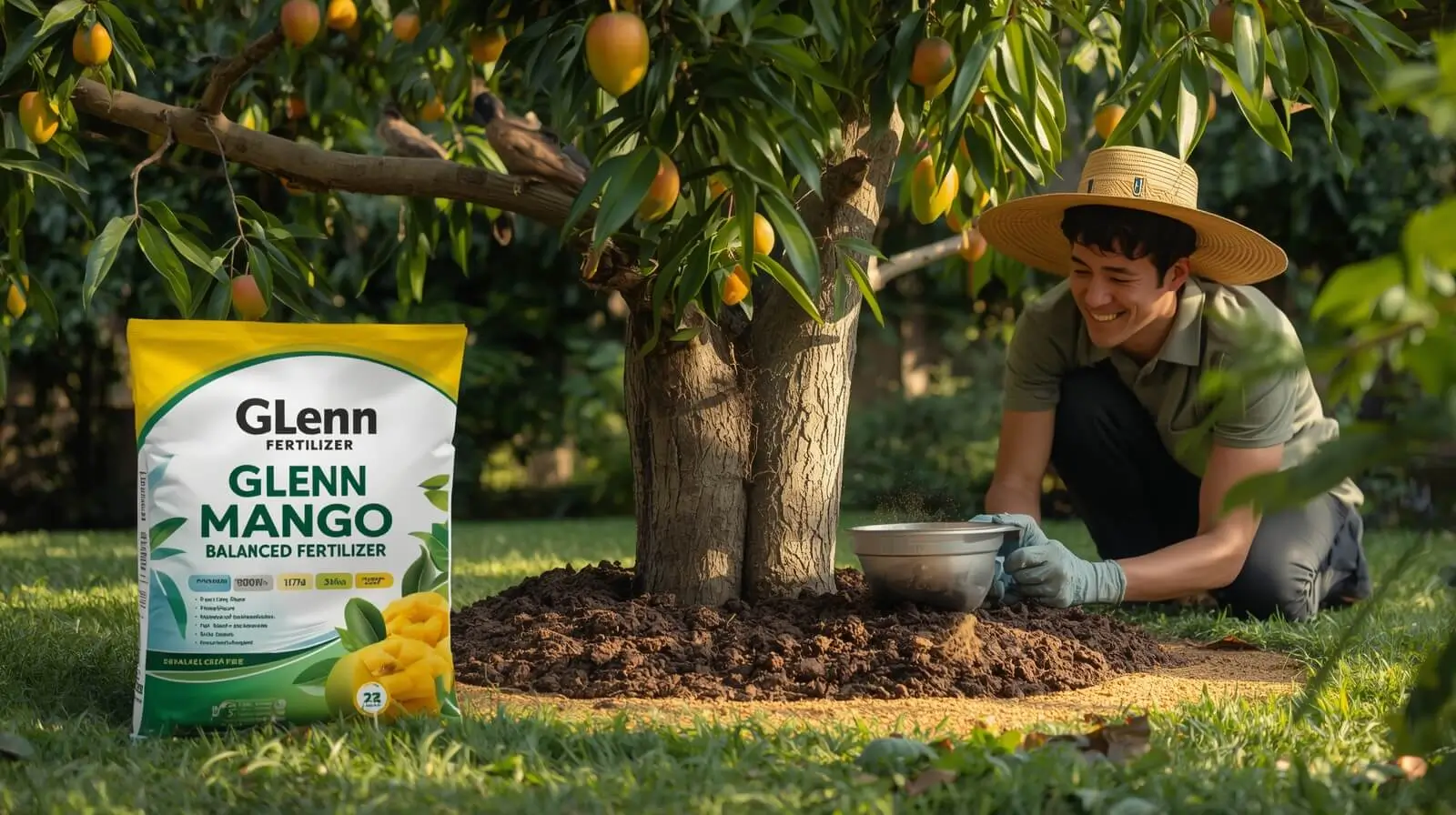
By practicing consistent observation of your plant’s health, you can detect signs like leaf drooping, which may signal adequate watering concerns or underlying issues needing attention. Many mango owners face this common challenge, but steady care and adjusting to your tree’s needs lead to plentiful fruit production and a vibrant garden, creating a truly nurturing environment where your tree can flourish.
Troubleshoot Common Problems: Pests, Diseases, and Growth Issues
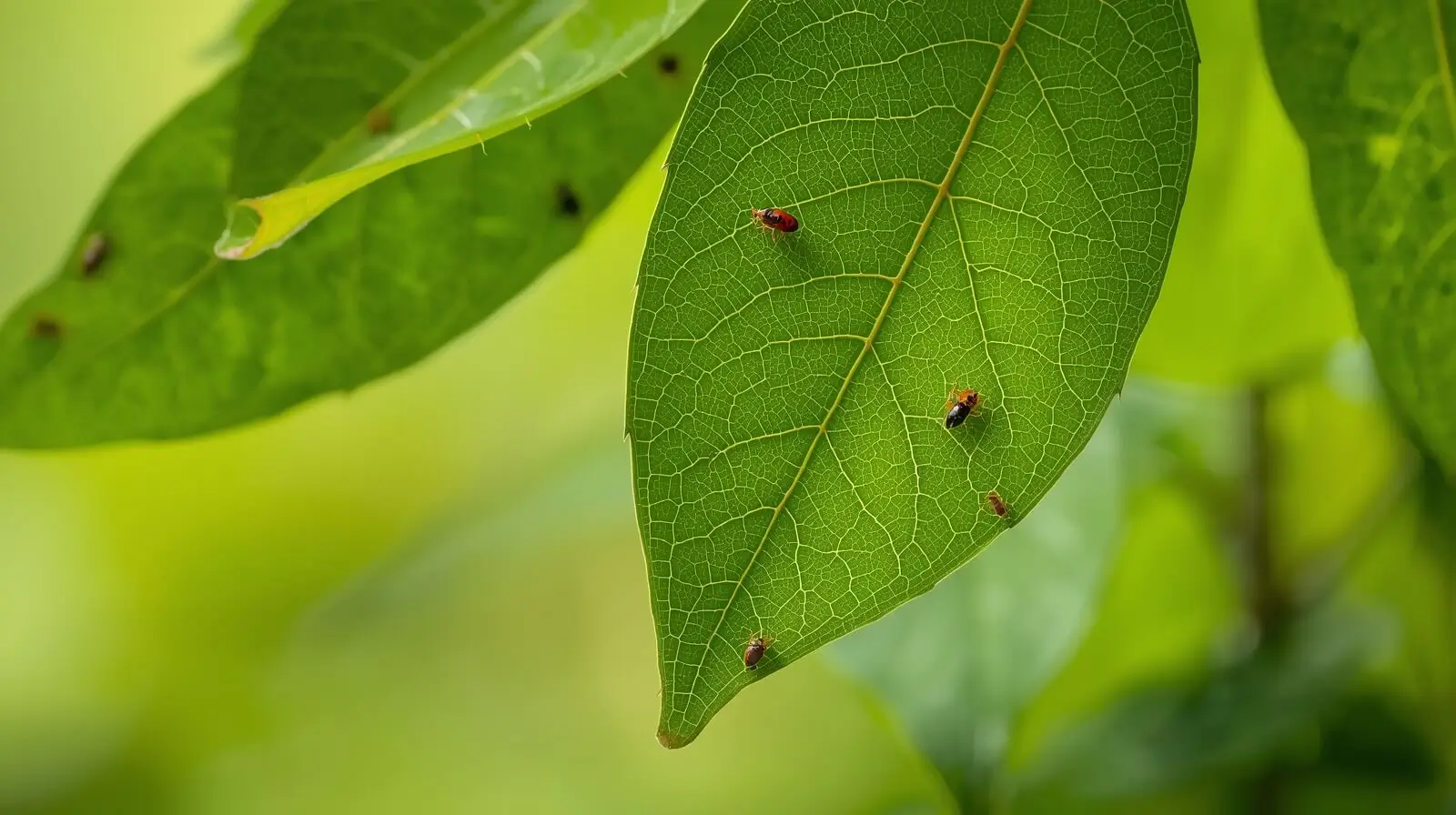
To keep your Glenn Mango Tree thriving, it is important to understand the common challenges it may face and how to address them with thoughtful care. Sometimes pests such as unwelcome visitors like aphids, mealybugs, and spider mites may weaken plant health and affect fruit production. To manage pests, many gardeners use insecticidal soap or neem oil, and they regularly inspect the leaves and stems for signs of trouble. When issues are spotted, it’s best to take action early to protect tree vigor and maintain steady growth throughout your gardening journey, allowing your tree to flourish beautifully with patient care and attention.
Diseases

Some fungal diseases can become a concern, such as anthracnose, which causes black spots on leaves and fruit. To combat this, gardeners ensure good air circulation around the canopy and avoid overhead watering, which may create humidity and encourage fungi. Another common disease is powdery mildew, appearing as a white powdery substance on leaves. You can treat with fungicides and improve airflow through careful pruning to reduce buildup of moisture.
Growth Issues

When it comes to Growth Issues, leaves dropping may be a sign of overwatering or not enough sunlight, so adjust watering schedule and provide adequate light when needed.Poor fruit production may come from insufficient fertilization or improper pruning, so try to follow a consistent fertilization schedule and pruning appropriately to encourage better fruiting. By staying attentive and addressing problems promptly, you help nurture health and long-term productivity, supporting a strong and enduring tree.
For additional region-specific growing support, you can refer to the University of Florida IFAS Mango Care Guide.
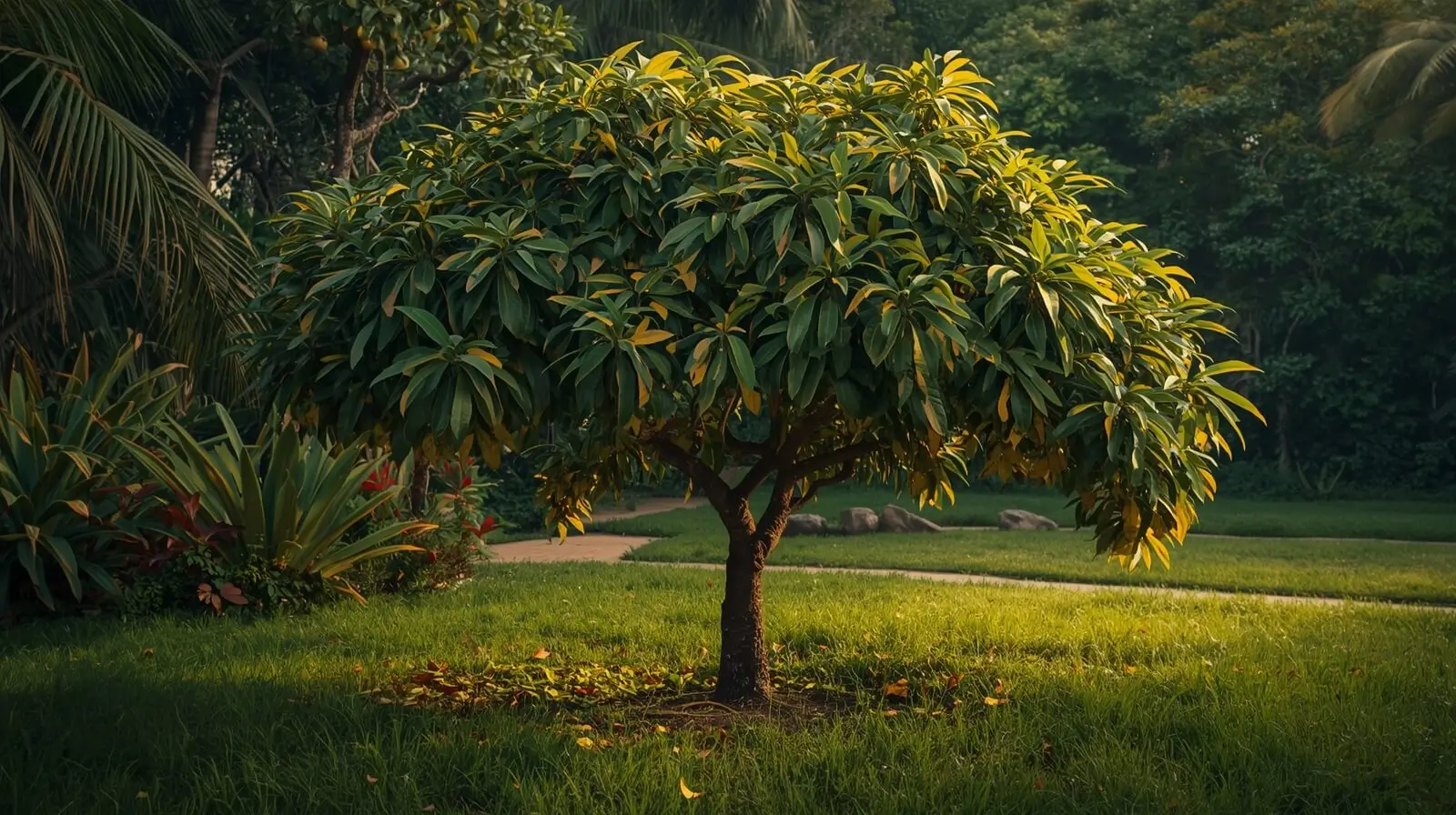
Read Also:
- Gardening & Plant Care Guide for Thriving Plants
- Tropical Fruit Trees: Grow Exotic Paradise at Home (Guide)
- Natural Healing & Wellness: Nature’s Remedies Guide
Conclusion
Caring for a Glenn Mango Tree becomes much easier when you recognize the early signs of pests, diseases, and growth issues and respond with steady care and attention. By observing your tree regularly, adjusting watering or fertilization when necessary, and preventing problems before they spread, you help your plant flourish beautifully. With patience and consistency, your gardening journey becomes more rewarding, and your mango tree becomes healthier and more productive over time.
FAQs
- How often should I inspect my Glenn Mango Tree for pests?
It’s best to check the leaves and stems at least once a week. Early detection helps you take action early and prevents pests from spreading. - What is the easiest way to treat powdery mildew?
Use a fungicide designed for mango trees and improve airflow by pruning crowded branches. Avoid watering the leaves directly. - Why is my tree dropping leaves?
Leaves dropping usually means overwatering or not enough sunlight. Allow the soil to dry slightly between waterings and make sure your tree receives adequate light. - How can I improve fruit production on my Glenn Mango Tree?
Follow a consistent fertilization schedule, use a high-potassium fertilizer during the growing season, and prune appropriately to encourage better fruiting.




